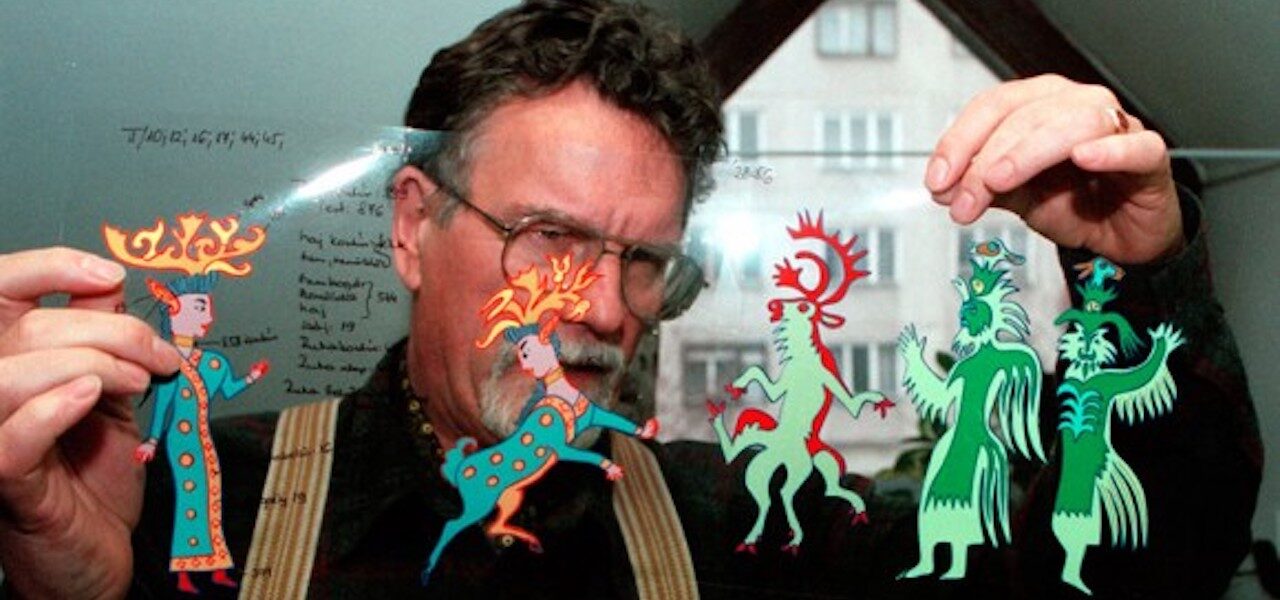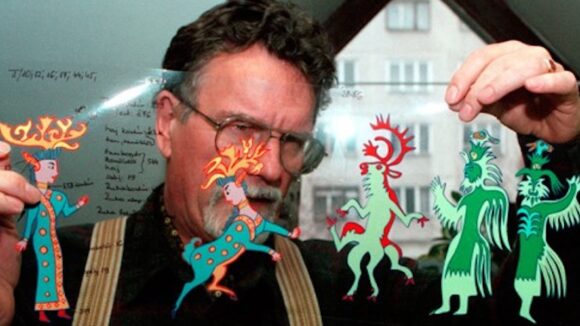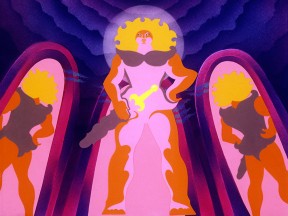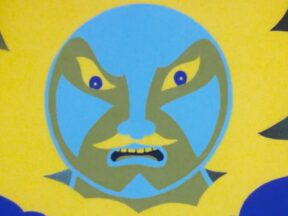

Marcell Jankovics, Giant Of Hungarian Animation, Dies At 79
Marcell Jankovics, a pioneering figure in the history of Hungarian animation, died on Saturday, May 29, the Hungarian Academy of Arts has announced. He was 79.
With his boldly stylized, heavily symbolic films and series, Jankovics established himself as a highly distinctive filmmaker and helped raise the profile of Hungarian animation, both during the communist era and since. Many of his works, notably Johnny Corncob (János Vitéz, 1973) and Son of the White Mare (Fehérlófia, 1981), have become global cult classics, whose fans include the likes of Roger Allers and Tomm Moore.
Jankovics was born in Budapest in 1941. He grew up in the capital and the town of Öcsöd before enrolling in the Benedictine High School of Pannonhalma, an ancient Roman Catholic boarding school for boys. His animation diet as a child consisted entirely of Soviet productions.

Political circumstances frustrated his efforts to study architecture — his father had fallen foul of the communist authorities and ended up in prison. Instead, Jankovics worked for a lab at the national Power Plant Repair and Maintenance Company, before joining Budapest’s Pannónia Film Studio as an in-betweener in 1960. It was the only animation studio in the country at the time.
The young animator swiftly rose up the ranks, becoming a director in 1965. He started out on the satirical series Gustav before directing his — and indeed Hungary’s — first animated feature, Johnny Corncob. Based on an epic poem by Sándor Petőfi, the film was commissioned by the government to mark the 150th anniversary of the poet’s birth. Pannonia assembled a team of around 150 for the landmark production.

The visual style of Johnny Corncob is bright, psychedelic, at times almost abstract, with more than a touch of Yellow Submarine to it. In both its design and its use of Hungarian legends and literature, the film set the tone for much of Jankovics’s future work. Local folklore would explicitly inspire his long-running, widely seen series Hungarian Folk Tales (Magyar népmesék, 1977–2012) and his second feature Son of the White Mare, which was recently remastered and rereleased.
But Jankovics, who considered folk tales to be universal, mined the legends of other cultures for stories, too. His two-minute film Sisyphus (1974), which was nominated for an Oscar, recounts the Greek myth in stark monochrome. It was one of several shorts he directed in his career. He would also find acclaim with another, The Struggle (Küzdők, 1977), which won the short film Palme d’Or at Cannes.
The director’s final film was also his most epic: The Tragedy of Man (Az ember tragédiája, 2011), a near-three-hour feature about the history of human civilization that took almost three decades to finish (although Jankovics calculated that he had spent six years in total on the production). The collapse of the communist regime in 1989 upended the industry, forcing Jankovics to seek private funding for the film; this dragged out the production.
Sources of money included two emblems of American capitalism: General Motors, which licensed Sisyphus for use in a car commercial that aired during the Super Bowl, and Disney, which hired Jankovics to work on the storyboard for an early version of The Emperor’s New Groove — its then-director Roger Allers had been impressed by Johnny Corncob. In the end, Allers left the project and Jankovics’s work went unused, although he was given a credit for “additional visual development.”


In later life, Jankovics spoke openly about the censorship he suffered under communism. At the same time, he regretted the lack of government support for animation under capitalism. He was also uneasy about the rise of digital technologies. In a 2015 interview with Cartoon Brew, he said, “I prefer the old studio system. The old Pannónia Film Studio was a fantastic community.”
Jankovics had a command over many aspects of his medium: as well as directing, he would work on the script, designs, storyboards, layouts, and animation of his films. Outside animation production, he was a prolific illustrator and educator, as well as a writer of many articles and books on culture and the arts. Lately, he had been working on a book about Biblical symbolism.
Speaking to Cartoon Brew, Jankovics expounded on his personal understanding of what animation can do:
As far as I can remember, I’ve always thought in pictures and had a vivid imagination. In my animated films the design of every frame is of great importance, as if it would be a painting. Most of the time, and particularly in a mythical, fabulous context, my human characters, even lead characters, are only a minor part of the whole image.
To try to express realistic human behavior in animation has limitations. Such attempts in serious animation are often absurdly ridiculous. Why would one imitate reality? Just leave it to living actors! Earthbound reality is not for animation. Animation is a stylized, fantastic world.
His worlds, more stylized and fantastic than most, have left an indelible mark on animation in Hungary and elsewhere. He was a true one-off.

.png)

